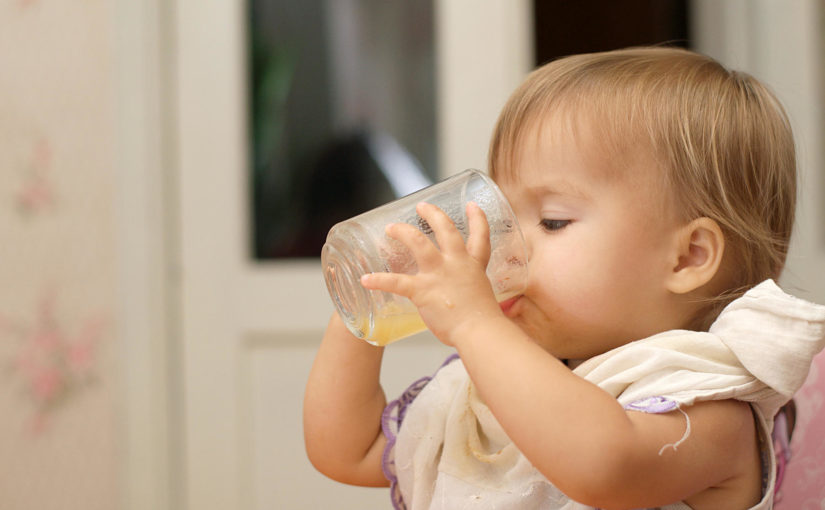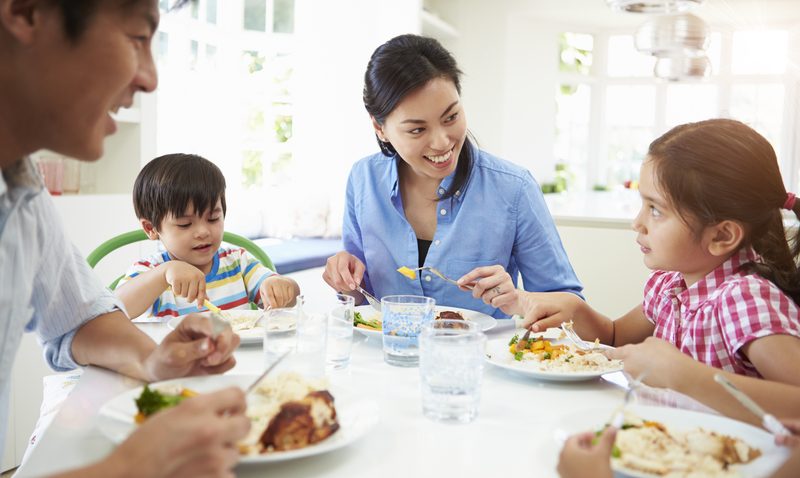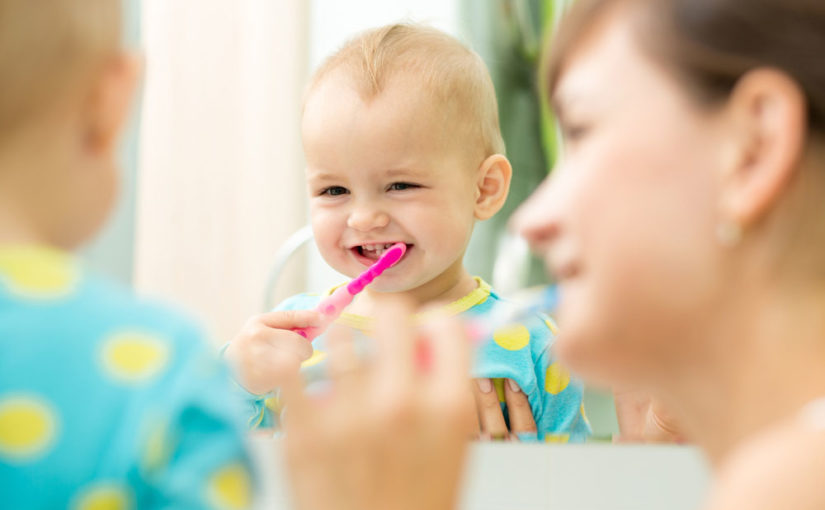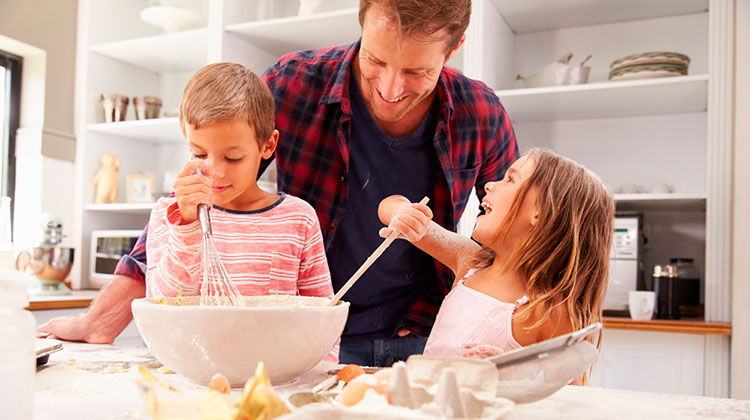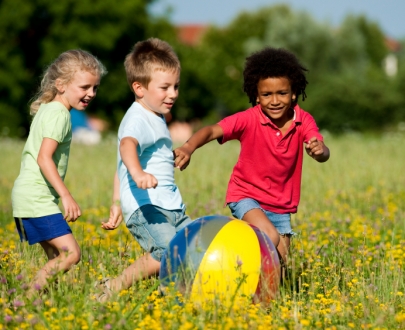Transitioning your baby from a bottle to cup can be a rewarding accomplishment as a parent and scary at the same time! Around the time babies are ready to be introduced to cereals and other purees, you should begin to explore cups. Somewhere between 9-12 months, it is typically safe to begin introducing an open cup. Not only does this help progress them through the stages of feeding, it aids in speech development as well! Small cups with small amounts of liquid is best to start with. Look for some disposable ones that have a thicker rim. This helps when you are positioning it to fit to the corners of their tiny mouths and teaches them to keep their tongues in and down to rest on the bottom jaw. Starting this process early on will help with difficulty transitioning when they are older, more aware and potentially anxious, and attachment to the bottle is stronger. If your child is over a year old and you haven’t yet taken this leap, not to worry! Make it a fun activity while they are in the bathtub, having fun outside(in the warmer months of course), or playing with favorite dolls/stuffed animals having a picnic or tea party. When they are in the tub, you won’t have to worry about them spilling! Nesting cups are a great way to practice during bath time. The rim around the top is large and this way they also practice motor skills of dumping, filling, and pouring. Remember, as they are learning, they will tip it too much and sometimes cough, just like we do when we take too big of a drink. Coughing is good, that means the liquid has not reached the lungs. Always monitor when they are first learning and practicing. Also available now at most stores and online are 360 cups that are closed like a sippy cup and will help them learn to tip it up while controlling the liquids(saves parents/caregivers from cleaning up spills). If you suspect your child is having more difficulty using an open cup than you expected and something doesn’t feel or look right, contact your pediatrician. You may want to ask them about further evaluations or your local Early Intervention program.
Words/sounds to include: cup, drink, water, milk, juice, wet, cold, pour, yum, ahhhh(after taking a sip).
